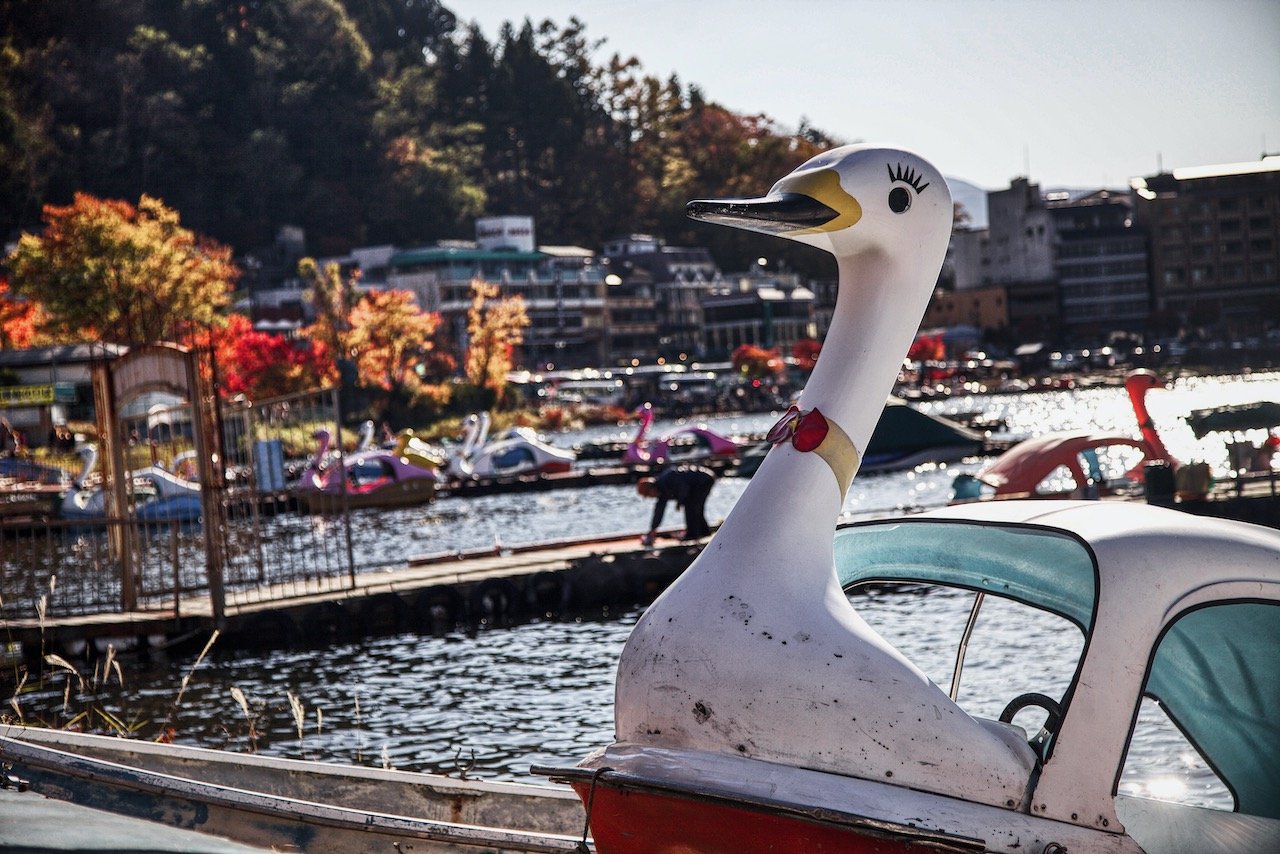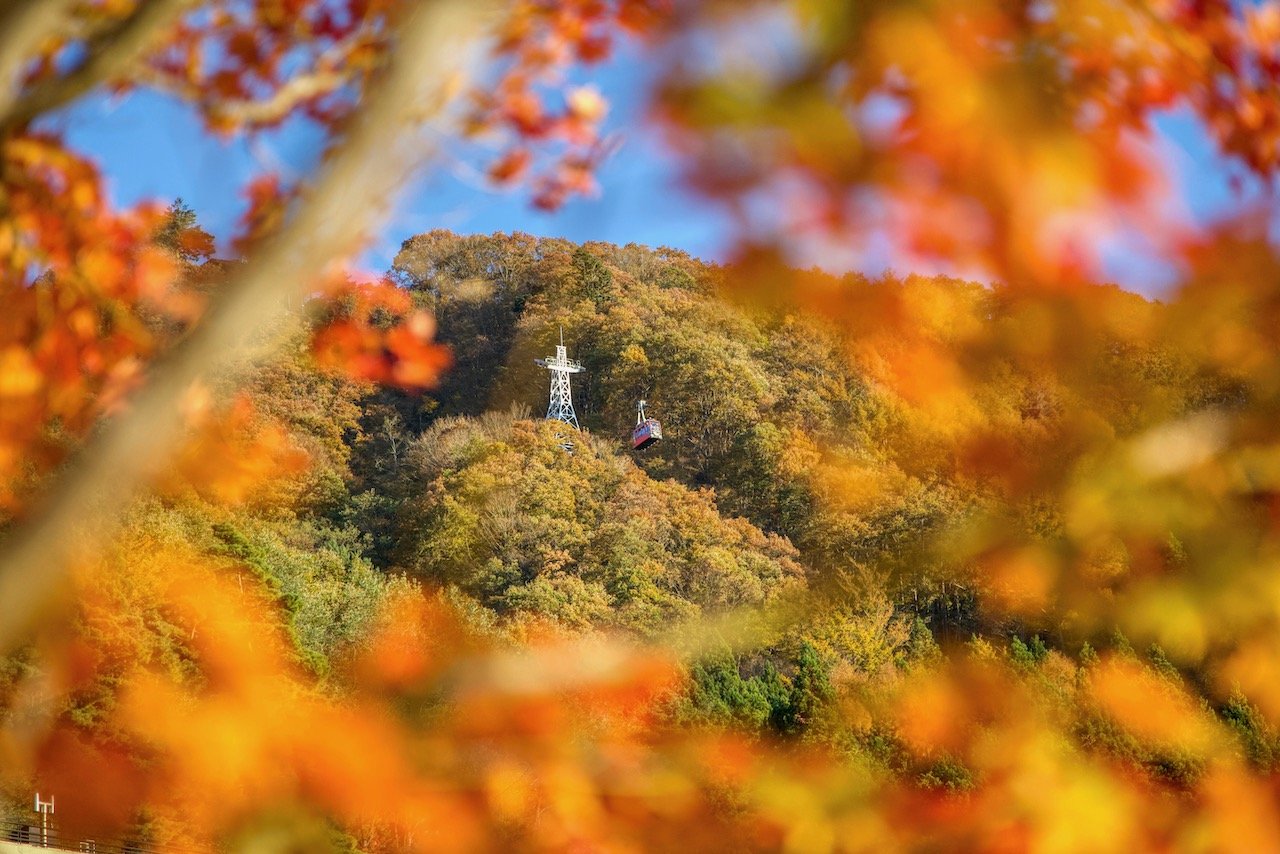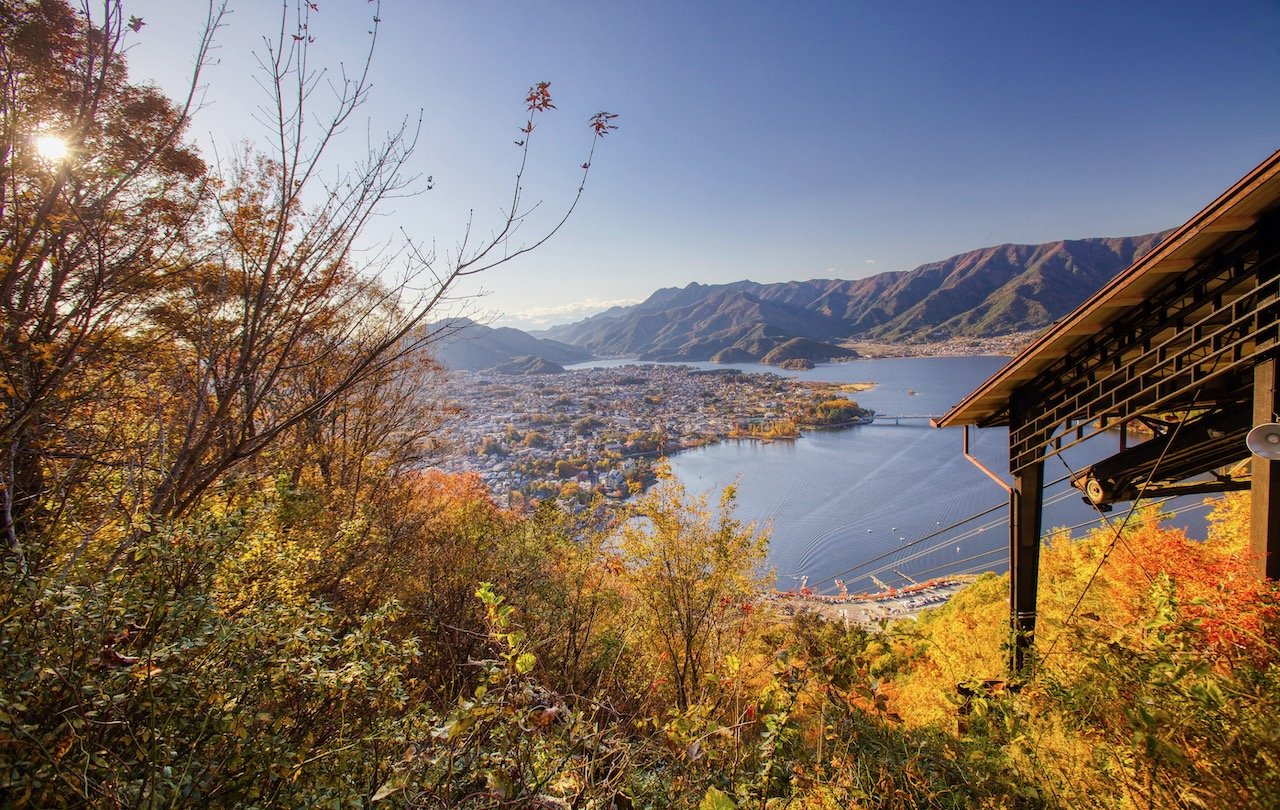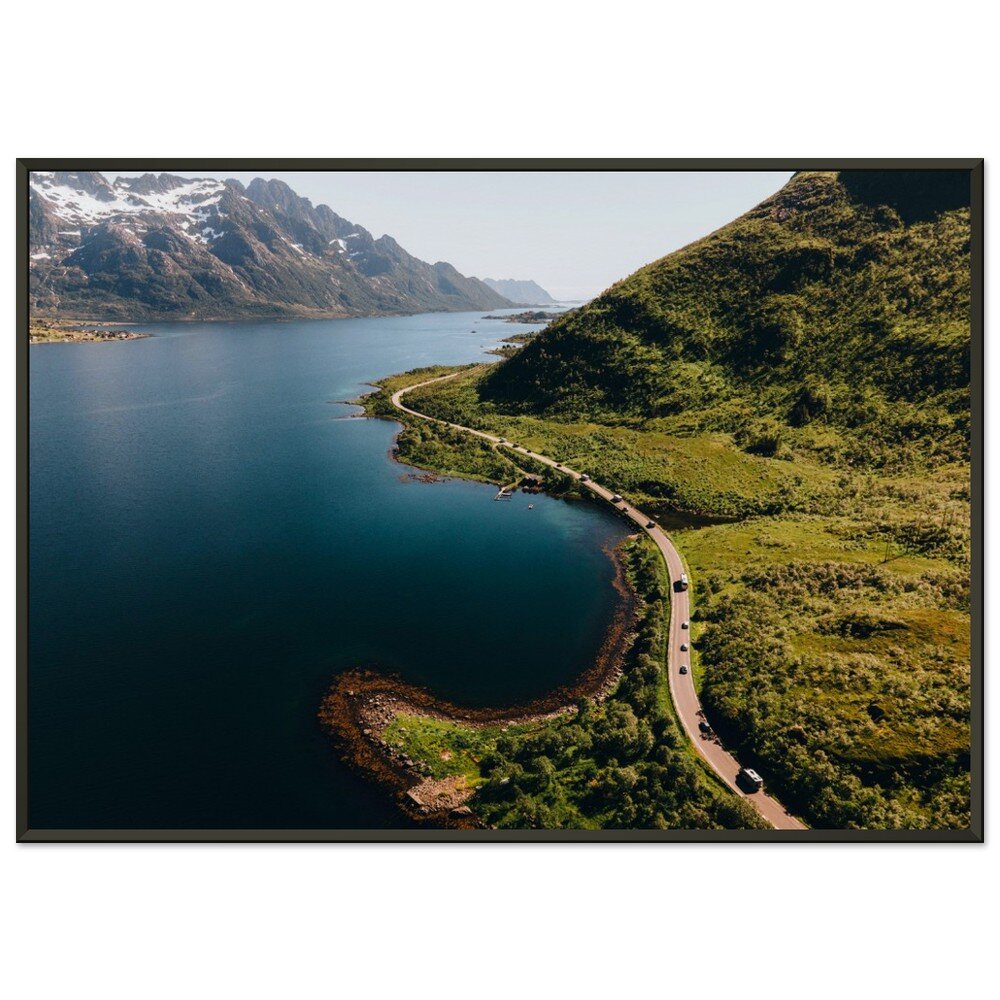Why a Mini-Road Trip around Mt. Fuji is Amazing
(Some links in this post are affiliate links. If you click through and take action, I'll be compensated.) If you are also interested in any PRINTS from any of my posts, be sure to check out my store where you can buy prints as posters, in metal/wooden frames or on canvas.
Mt. Fuji is the PRIDE of Japan. It’s a UNESCO World Heritage site that has inspired artists and poets, and is one of Japan’s “Three Holy Mountains”. It’s distinctive symmetrical cone makes it unlike any other mountain on earth. On a clear day, you can see it from Tokyo (from some observation decks like the Fuji TV Building Observation Deck.
As far as climbing the mountain, the official climbing season goes from early July to mid-September as this is the time when facilities are open to assist climbers. This timeframe is ideal considering that there is minimal snow on the mountain and the weather is favorable. It is strongly recommended to climb during the climbing season; with a sizable snowfall on the mountain, mountaineering equipment is required and the climb is considerably more challenging. One thing is for certain, if you intend on climbing Mt. Fuji, future planning is required. You can find a Google map of the places I will discuss at the end of this post.
Luckily, you can still enjoy awe-inspiring views of Mt. Fuji by renting a car from nearby Hakone and driving around the base of the mountain in one direction. Renting a car is incredibly easy in Japan, but be sure that you have an International Driver's Permit. Check out this useful guide on what an international driver's permit is and how to get one. Most, if not all, places require this document to drive with a foreign license. If you’re not used to driving on the left side of the road, this is a fantastic experience/skill to acquire as Hakone and the area around Fuji is much less populated than Tokyo. Couple this with how friendly and patient Japanese are, it makes the mini road-trip a much better experience. Plan for about 2 days to see most of the sights around Mt. Fuji.
If you want some tips of what to see to do in other Japanese cities like Tokyo and Kyoto, check out my blog posts below:
Tokyo (Blog Post: A Guide to Exploring Tokyo)
Kyoto (Blog Post: Why Kyoto is one of the best places to visit in Japan)
Hiroshima (Blog Post: Why you should see Hiroshima on your visit to Japan)
To get to these cities, you should really invest in a Japan Rail Pass. It greatly simplifies your intercity travel, is easy to use, and gives you the most flexibility for your trip. Furthermore, I managed to save a good amount of money (to be used instead for all of the great FOOD of course), by using the JR Pass on the longest parts of my trips.
To order one yourself, click on the links above and choose between 7, 14, or 21 day pass in 1st or 2nd class.
You can have your ‘home-base’ in nearby Hakone (and pick your car up in Odawara, reached by a direct train from Tokyo), which is a gorgeous mountain area near Mt. Fuji and easily accessible by train from Tokyo. Most of the accommodation in Hakone have on-site onsens, naturally occurring hot springs, perfectly for relaxing after a long day of driving and sightseeing. I cannot recommend Hakone Emblem Flow enough (great food, atmosphere, chill vibe, free parking nearby).
The Fuji Five Lakes (Lakes Yamanaka, Kawaguchi, Saiko, Shoji and Motosu) is the most popular tourist route in exploring the area around Mt. Fuji. Each lake gives a different perspective, some have panoramic viewing decks, others with ropeways, but my personal favorite was Lake Kawaguchi (more on that later). If you don’t have a car, there are bus passes that allow you to travel along the Fuji Five Lake route, though you lose flexibility.
Start your drive by figuring out where you want to catch a Mt. Fuji sunrise. If you’re coming from Hakone and want to be at a lake to catch the reflection of Fuji with soft light, you will need to get up about 2 hrs to 90 min. before sunrise and start traveling (enough time to drive and set up equipment).
You can get up a bit later to catch the sunrise at Mt. Daikanzan Observation Deck (taxis are about 30,000 yen, one way).
I decided to start my journey at Lake Tanuki, which is not one of the Fuji Five Lakes, but offer stunning views of the Fuji sunrise. Furthermore, if you time your trip right, you can photograph the ‘Double Diamond Fuji’. This is where the sun rises and emerges from the horizon, just above the cone of Mt. Fuji itself. Combine this with the reflection of the lake and you can see why it is aptly named. This happens twice a year for just a few days at a time.
There are two great viewing points from Lake Tanuki: 1) from Lake Tanuki North Day Campground and 2) Kyakamura FUJI Hotel. For the latter, park in the parking lot and make your way around the right side of the building to get to the lake and their viewing platform. Also consider staying at Kyakamura hotel as well if you want be closer to Fuji.
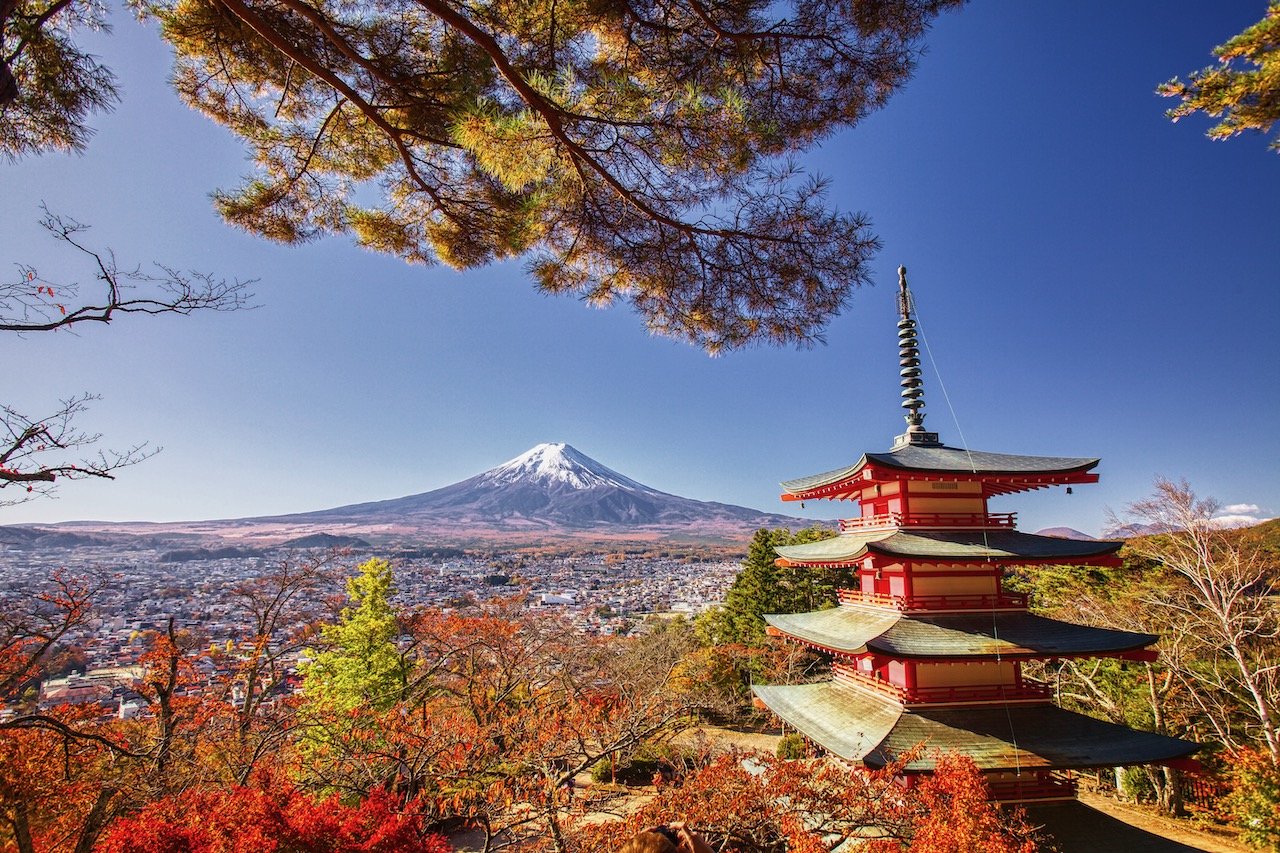
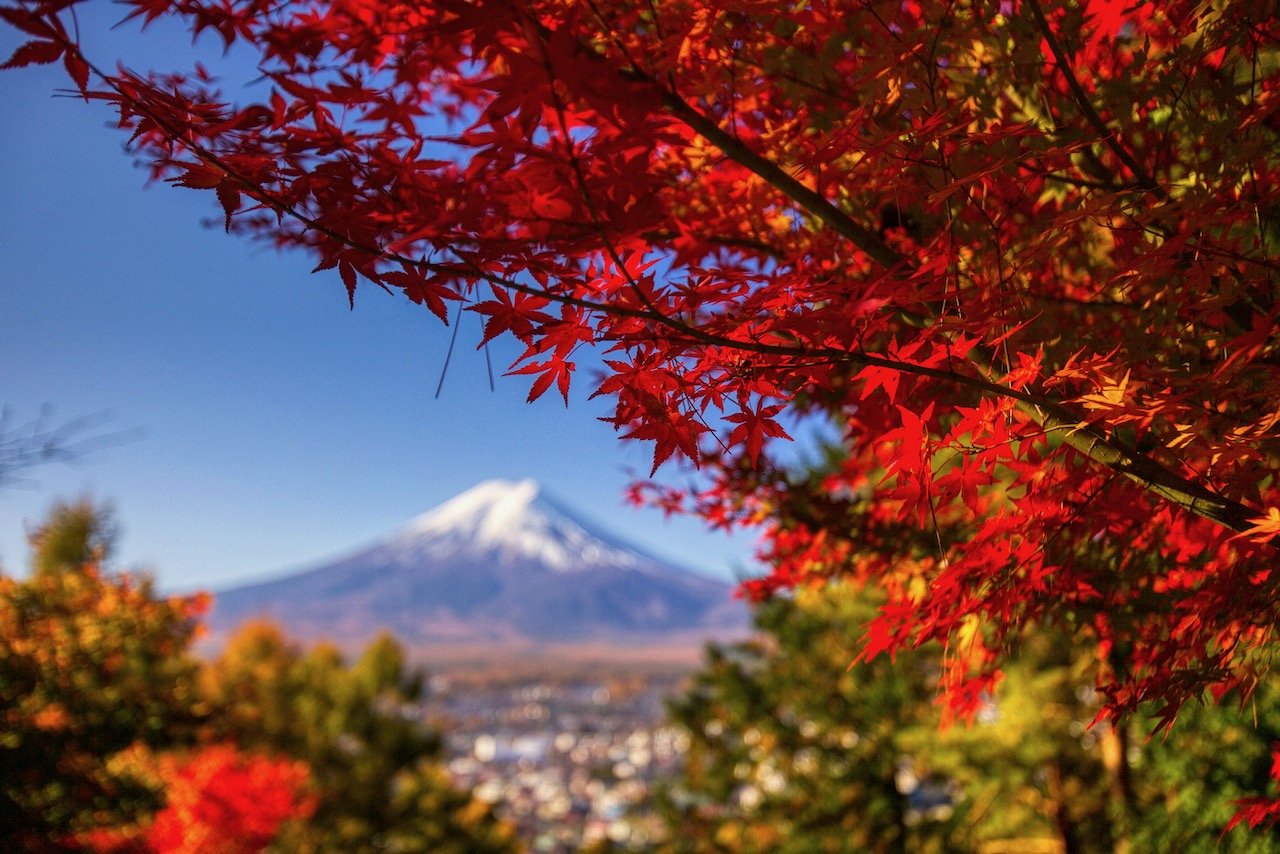
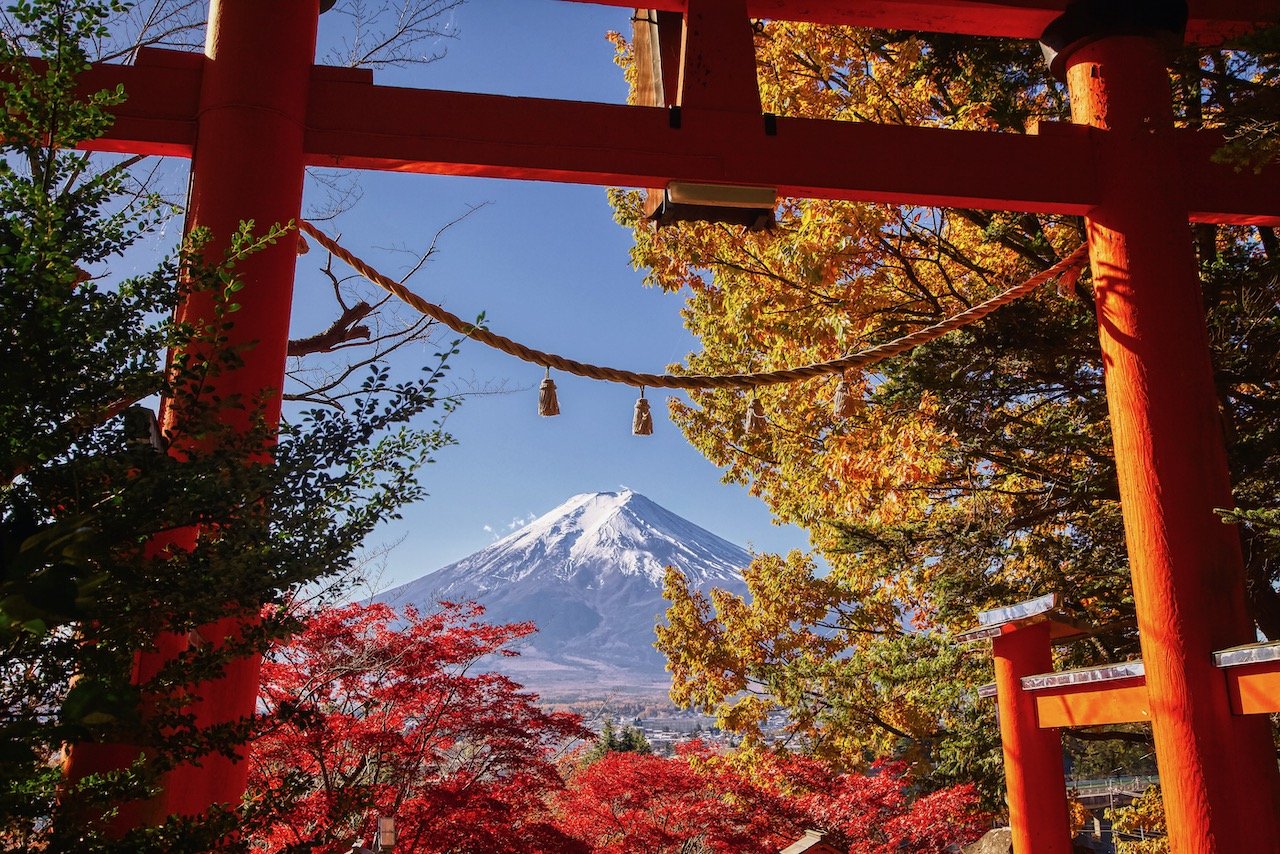
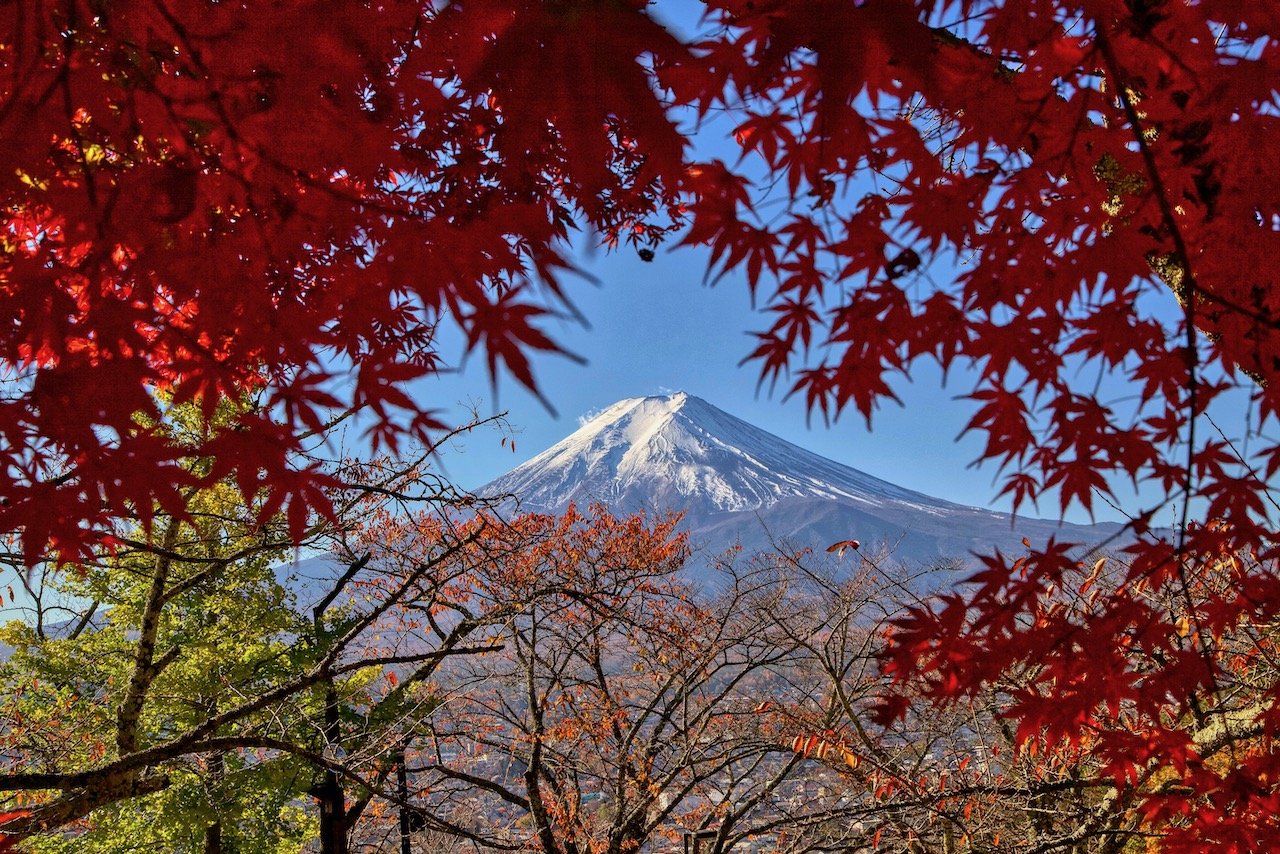
Just nearby from Lake Tanuki is Shiraito and Otodome Falls. Although these places do not offer views of Mt. Fuji itself, they are easily accessible and are gorgeous in the autumn time when the leaves are changing. When I went just after sunrise, there were no other people there, giving you plenty of space and time to try your hand at slow-exposure water photography (to achieve the mist effect).
Another place to see is the Aokigahara Forest. While it has a rather tragic reputation as the “suicide forest”, the area itself is enchanting.
One of the most popular photographs of Mt. Fuji has to be from the Chureito Pagoda in the Arakurayama-Sengen Park. Parking and admission is free at the base of the site, but expect to ascend several hundred stairs to get to the top. I recommend going early in the morning to avoid the crowds, especially at this time of year when the colorful leaves perfectly compliment the snow white Mt. Fuji cone. (PROTIP: While ascending the stairs, always be sure to look behind you, sometimes you will have an amazing view of FUJI through the tree branches hovering over the stairway and it’s easier to capture the shot with less people while you go up, as opposed to later in the day when you head down).
I also have prints available of Mt. Fuji, as well as other places in Japan, available for purchase below! (Sold as Posters, Canvas, or in Metal-Frames and Wooden-Frames).
